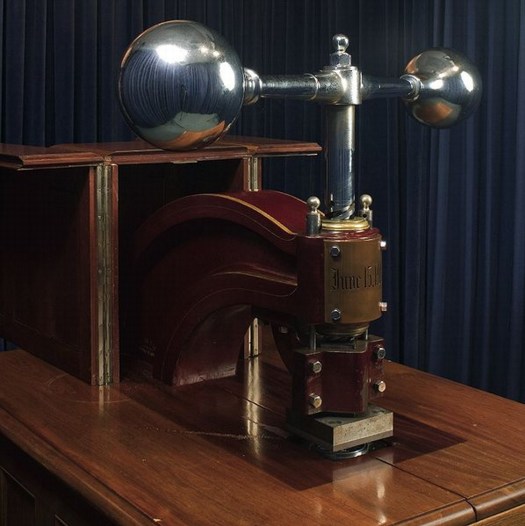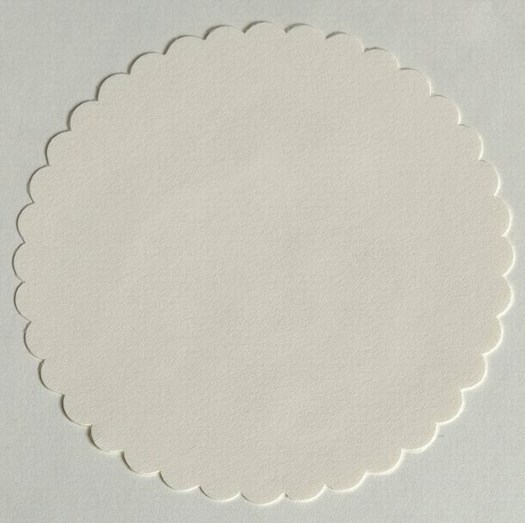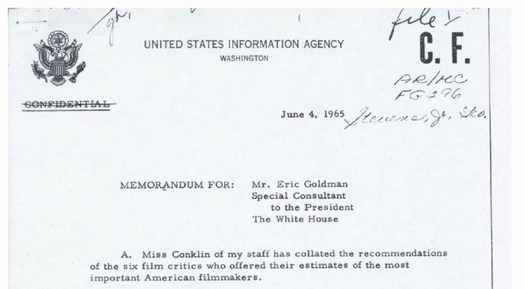During some recent archive dives, I've come across a ton of different letterheads. Apparently, people used to write letters to each other all the time, can you imagine? Must've taken forEVER.
Anyway, one I particularly ilke is the United States Information Agency, which used to organize international tours for art exhibitions. [The USIA also took over sponsorship of the Venice Biennale from MoMA in 1964, the year Alan Solomon curated a group of Pop and abstract painters, including Rauschenberg.] Anyway, there are variations for USIA offices in embassies, but the basic format is the one seen below. This is actually from a 1965 American filmmaker-related memorandum, something to do with the secret plan to enlist Stanley Kubrick to fake the moon landing. Anyway:
That's it, just the agency name, and WASHINGTON, with a pared down version of the Great Seal of the United States there on the left. It's a basic, agency-wide format used by many government agencies. So clean and presumptively powerful.
I had absolutely no idea, though, about the Great Seal, its history, and how it is still used today. Between Wikipedia and the State Department [pdf], though, there's a fascinating tale. The current die is the fourth version of the original text description--or blazon, to use the heraldic term--approved by the Continental Congress in 1782. It was designed by James Horton Whitehouse of Tiffany & Co. in 1885, and replicated by Bailey Banks & Biddle in 1904. In 1986, the Bureau of Printing & Engraving made a master die from which the current and future operational dies will be created.

The die is for the front of the Great Seal, the eagle side; there has never been a die made for the back, the pyramid side. The setup since 1904 has the Great Seal affixed to a giant, counter-weighted, brass and mahogany press in the State Department. The Seal is used 2000-3000 times/year, for treaties, ambassadorial appointments, and a bunch of other official, ceremonial communications.

Here's how it works:
Sealing of Documents
In the Department of State, the term "Great Seal" has come to include not just the die, but the counter-die, the press, and the cover, or cabinet in which it is housed, as well. These stand in the Exhibit Hall of the Department, inside a glass enclosure which is kept locked at all times, even during the sealing of a document. The mahogany cabinet's doors also are kept locked, and the press is bolted and padlocked in position except when in use. The seal can be affixed only by an officer of the Department of State, under the authority of its custodian, the Secretary of State. When there are documents ready for sealing, one of the officers carries them to the enclosure where the Great Seal is kept and prepares them for impressing.

First, a 3 3/4-inch, scalloped, blank paper wafer of off-white linen stock is glued in the space provided for it to the left of the document's dating clause. If ribbons are used in binding the document, they are run under the paper wafer and glued fast. Second, the document is inserted between the counter-die, with the wafer carefully lined up between them. Third, the document is held in place with the left hand and the weighted arm of the press is pulled sharply forward with the right hand, from right to left. This drives the die down onto the wafer, document, and counter-die, which impresses the seal in relief. The die is then raised, releasing the document and allowing for its removal. When an envelope containing letters of credence or recall is to be sealed, the wafer is impressed first, and then glued to the sealed envelope, leaving the envelope itself unmarked.In other words, letterpress.

Great Seal of the United States [wikipedia]
The Great Seal of the United States [state.gov, pdf]
Related/who knew?: Historically, great seals are signs of sovereignty, while seals and the deliberate ritual of making them have had added legal significance.













